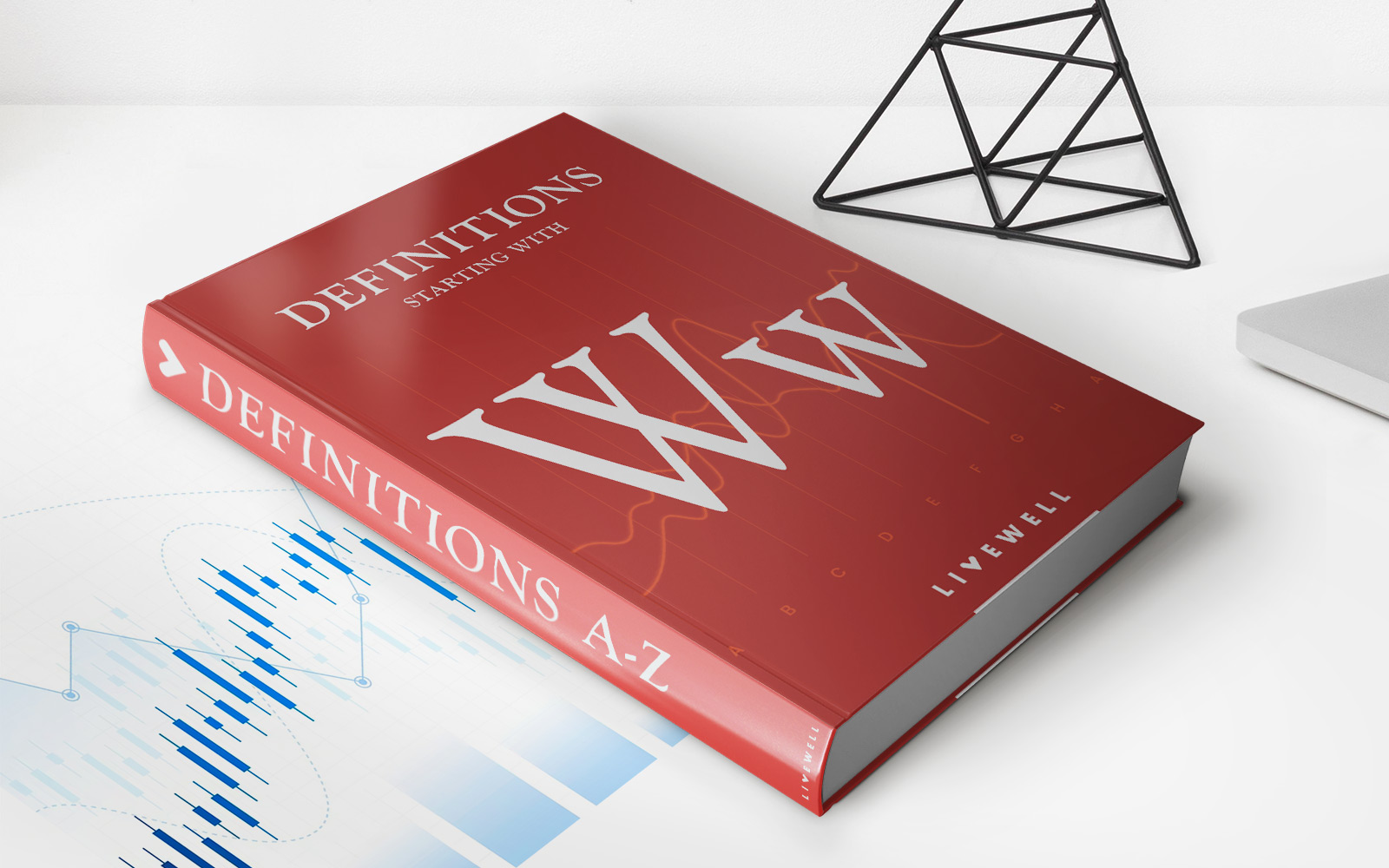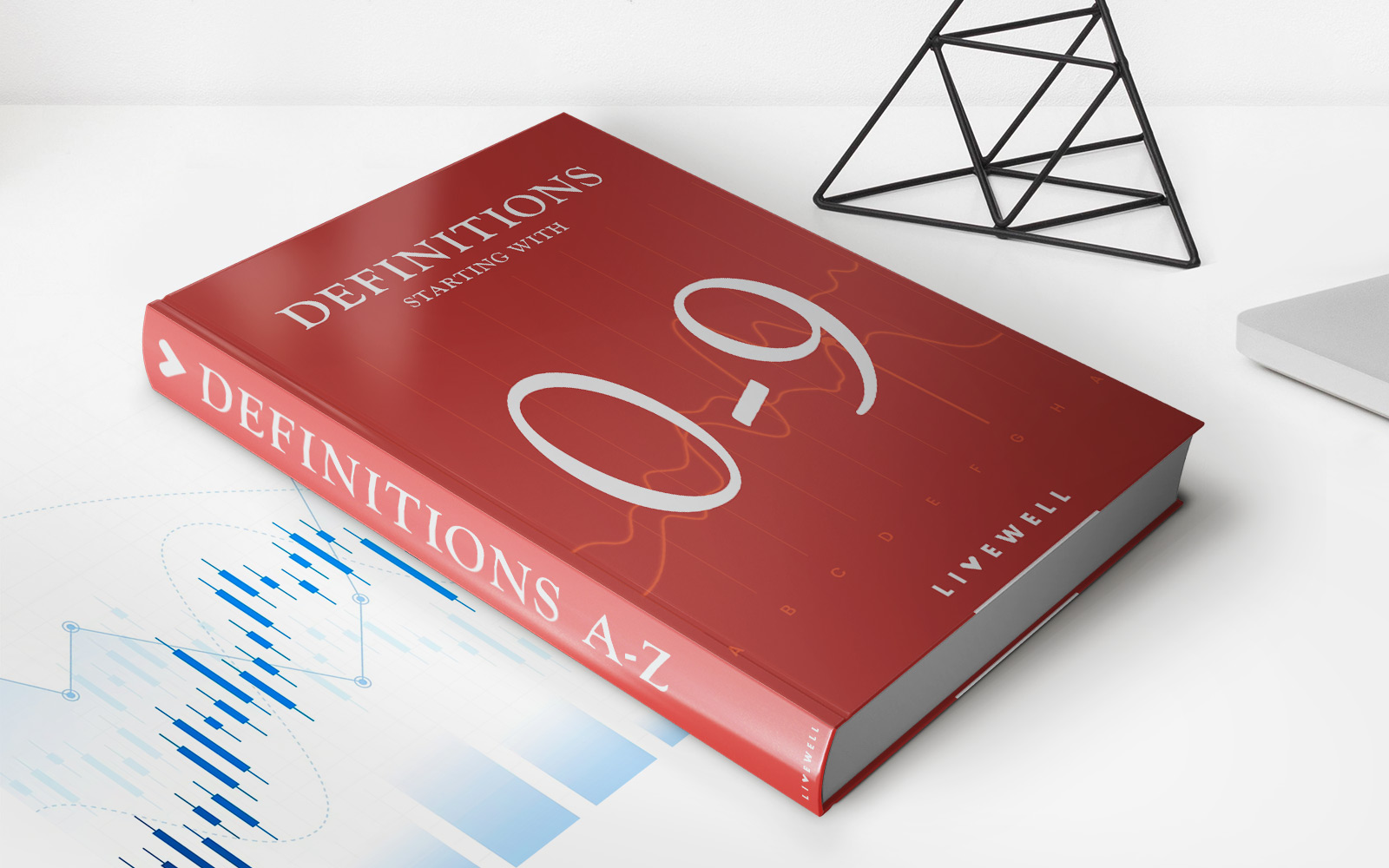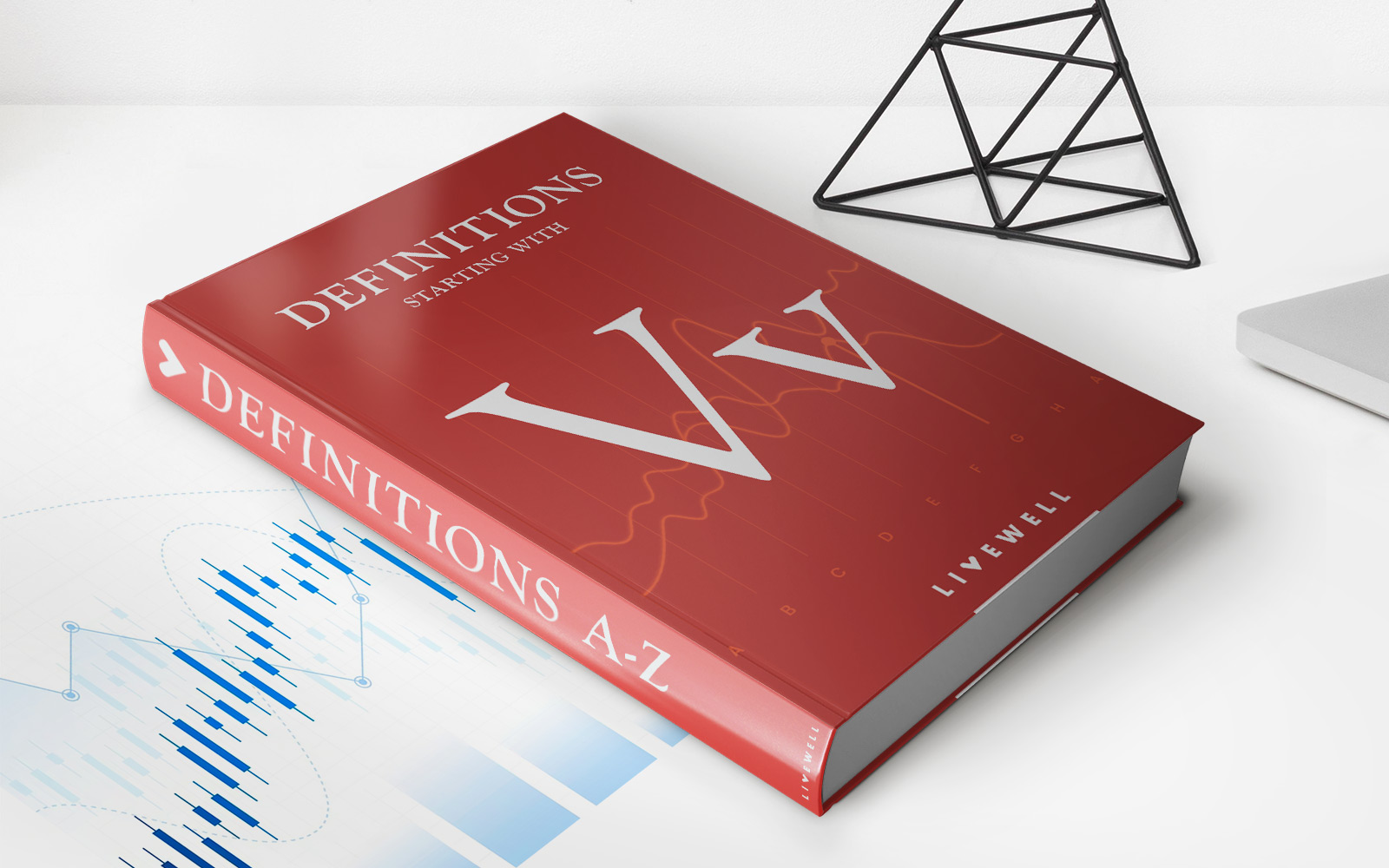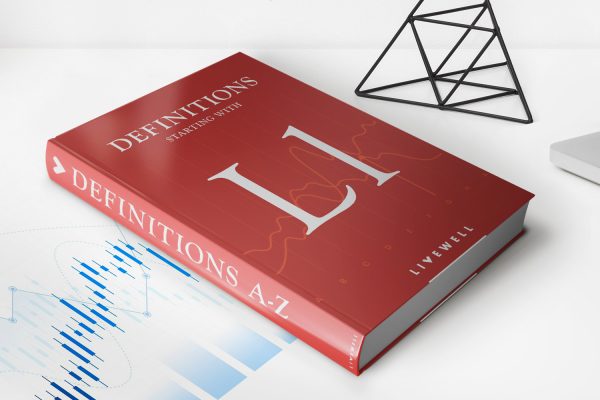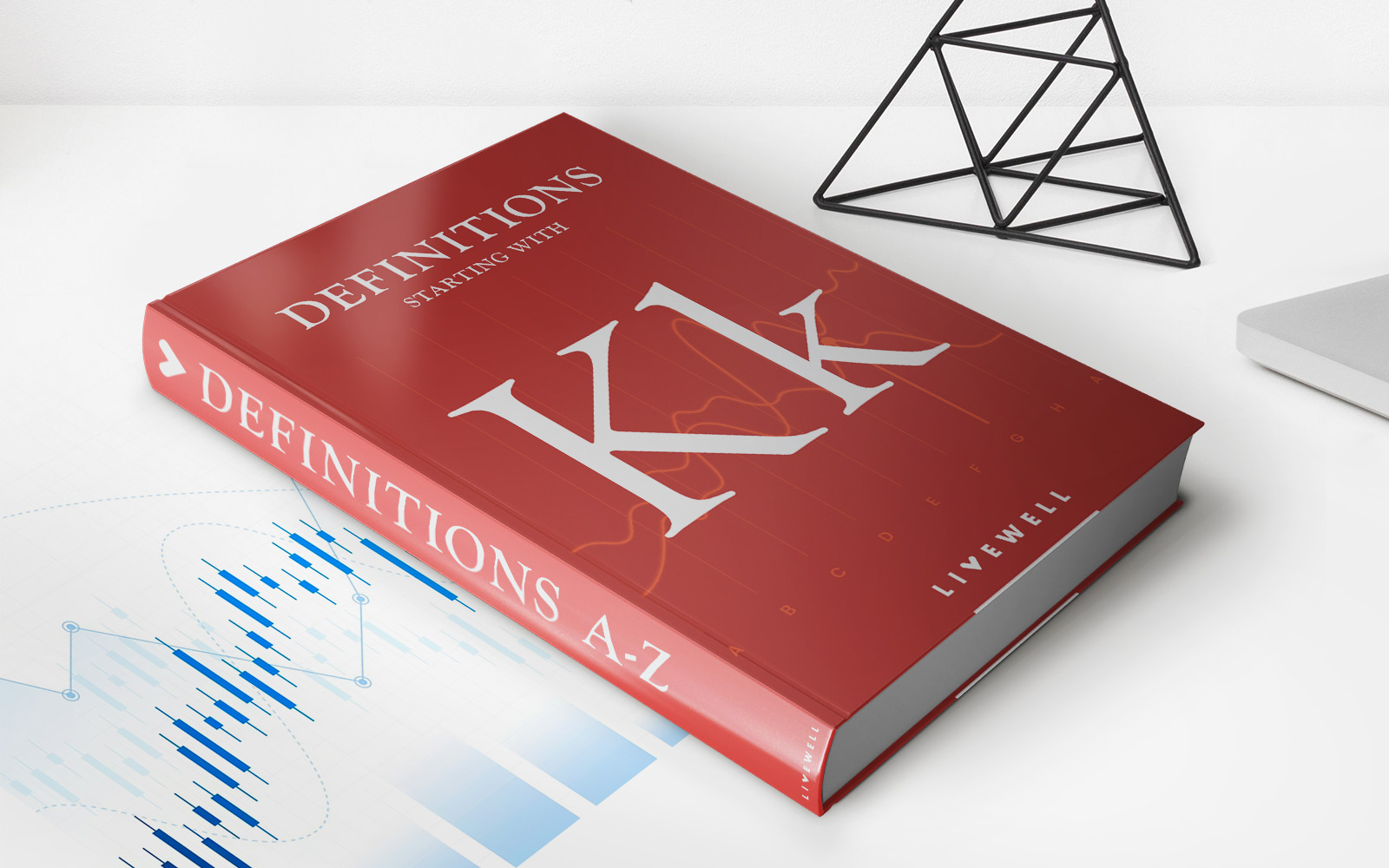

Finance
How To Get A Mortgage Loan Without W2
Modified: December 30, 2023
Learn how to secure a mortgage loan without the need for a W2 form. Improve your finance options and achieve your homeownership goals.
(Many of the links in this article redirect to a specific reviewed product. Your purchase of these products through affiliate links helps to generate commission for LiveWell, at no extra cost. Learn more)
Table of Contents
Introduction
Getting a mortgage loan is a crucial step towards homeownership or investing in real estate. Traditionally, lenders require borrowers to provide W2 forms as part of the income verification process. However, not everyone has a W2 form, especially those who are self-employed, freelancers, or have non-traditional sources of income.
If you find yourself in this situation, don’t worry. There are still options available for you to secure a mortgage loan without a W2 form. This article will guide you through the process and provide valuable insights into alternative income verification options.
It’s essential to understand that while there are ways to get a mortgage loan without a W2 form, it may require additional documentation and a different approach compared to traditional borrowers. By exploring these alternatives, you can increase your chances of obtaining a mortgage and achieving your real estate goals.
So, let’s delve into the world of mortgage loans without W2 forms and explore the requirements, options, tips, and potential pros and cons of this alternative route to financing your dream home or investment property.
Understanding W2 Forms
A W2 form, also known as a Wage and Tax Statement, is a document that employers provide to their employees at the end of each calendar year. It outlines the employee’s earnings and the amount of taxes withheld during that year. This form is crucial for income verification purposes, as it shows the stability and consistency of the borrower’s income.
The W2 form includes various sections, such as the employee’s personal information, the employer’s information, earnings from wages, tips, and other compensation, as well as the amount of taxes withheld for federal, state, and local taxes. Additionally, it displays other important deductions, such as contributions to retirement plans or healthcare benefits.
In the mortgage industry, lenders typically request W2 forms as part of the income verification process. The primary reason is to assess the borrower’s capacity to repay the loan by reviewing their income history. The W2 forms showcase employment stability and provide evidence of consistent income over time.
However, keep in mind that not everyone receives a W2 form. Those who are self-employed, work as freelancers, independent contractors, or have non-traditional sources of income may not have this document. In such cases, alternative income verification options become essential to prove financial stability to lenders.
Now that we have a basic understanding of W2 forms let’s explore the requirements and options for getting a mortgage loan without this traditional income verification document.
Requirements for Getting a Mortgage Loan Without a W2
While the absence of a W2 form may pose a challenge when applying for a mortgage loan, it doesn’t mean that you have limited options. Many lenders are open to considering alternative income verification methods to assess your financial capacity. Here are some general requirements to keep in mind when applying for a mortgage loan without a W2:
- Strong credit score: Lenders will heavily scrutinize your credit history and score since the absence of a W2 form may raise concerns about income stability. A higher credit score can help mitigate these concerns and improve your chances of loan approval.
- Proof of income: While you may not have a W2 form, you still need to show proof of income. This can be done through alternative documentation such as bank statements, tax returns, profit and loss statements, or 1099 forms. The lender will assess these documents to determine your income stability.
- Down payment: Prepare to have a substantial down payment to offset the lender’s perceived risk. The exact amount may vary depending on factors such as credit score, loan type, and lender requirements. A larger down payment can demonstrate your financial commitment and increase the lender’s confidence in approving your loan.
- Reserves: Lenders may require you to have reserves or liquid assets that can cover several months’ worth of mortgage payments. This cushion provides assurance that you can handle any unexpected financial difficulties that may arise.
- Debt-to-income ratio: Lenders assess your debt-to-income ratio (DTI) to determine your ability to manage monthly mortgage payments. DTI compares your total monthly debt payments to your gross monthly income. Keeping your DTI within a favorable range, typically below 43%, is crucial for loan approval.
It’s important to note that the specific requirements may vary depending on the lender, loan program, and your unique financial situation. Consulting with a mortgage professional or loan officer can help you understand the specific criteria and options available to you.
Alternative Income Verification Options
When you don’t have a W2 form, there are alternative income verification options that can help demonstrate your financial stability to lenders. Here are some commonly used methods:
- Bank statements: Providing several months of bank statements can show the consistency of your income. Lenders will review your deposits, looking for a stable pattern of income. It’s important to keep in mind that large and irregular deposits may require additional explanation.
- Tax returns: Submitting your personal and/or business tax returns, including all schedules and attachments, can give lenders a comprehensive view of your income. This method is particularly useful for self-employed individuals or those with nontraditional sources of income.
- Profit and loss statements: For self-employed individuals or small business owners, profit and loss statements offer a detailed breakdown of business income and expenses. These documents can demonstrate the stability and profitability of your business.
- 1099 forms: If you work as an independent contractor or freelancer, providing 1099 forms can serve as proof of income. These forms are typically issued by clients or companies that have hired you for contract work.
- Asset-based income: If you have significant assets, such as investments, retirement accounts, or real estate properties, lenders may consider using the income generated from these assets for loan qualification purposes. This can be done through the use of asset depletion calculations or rental income from investment properties.
It’s essential to note that each lender has its own criteria for accepting and evaluating alternative income verification methods. Some lenders may be more flexible and open to considering different forms of documentation, while others may have stricter requirements. Working with an experienced mortgage broker or loan officer can help you navigate the options and find a lender that suits your unique situation.
Tips for Applying for a Mortgage Loan Without a W2
Applying for a mortgage loan without a W2 form requires careful preparation and consideration. Here are some tips to help you navigate the process:
- Organize your financial documents: Gather all the necessary alternative income verification documents, such as bank statements, tax returns, profit and loss statements, or 1099 forms, well in advance. Ensure you have a clear record of your income sources and can present them to the lender in an organized manner.
- Build a strong credit profile: Since the absence of a W2 form may raise concerns about income stability, having a strong credit score and history becomes even more important. Pay your bills on time, keep your credit utilization low, and avoid taking on additional debt in the months leading up to your mortgage application.
- Save for a larger down payment: Increasing your down payment can help offset the risk perceived by lenders. Saving up for a larger down payment not only improves your chances of loan approval but may also result in a more favorable loan terms and interest rates.
- Be transparent and provide explanations: If there are any irregularities or large deposits in your bank statements, be prepared to provide clear explanations to the lender. Transparency and communication can help address any concerns they may have during the underwriting process.
- Get pre-approved: Before you start house-hunting, it’s advisable to get pre-approved for a mortgage. This process will provide you with a clearer understanding of how much you can afford and will demonstrate to sellers that you are a serious and qualified buyer.
- Work with an experienced loan officer: Partnering with a knowledgeable loan officer who specializes in helping individuals without W2 forms can be invaluable. They can guide you through the process, answer your questions, and help you find lenders who are more likely to consider alternative income verification methods.
Remember, every financial situation is unique, and there is no one-size-fits-all approach when it comes to obtaining a mortgage loan without a W2 form. Taking the time to understand and meet the specific requirements of lenders will increase your chances of success.
Pros and Cons of Getting a Mortgage Loan Without a W2
Getting a mortgage loan without a W2 form has its advantages and disadvantages. It’s important to carefully consider both the benefits and potential drawbacks before proceeding with this alternative income verification option. Here are some pros and cons to keep in mind:
Pros:
- Flexibility for self-employed individuals: If you are self-employed or have non-traditional sources of income, getting a mortgage loan without a W2 form can provide you with more flexibility. This allows you to showcase your income through alternative documentation that accurately represents your financial stability.
- Ability to use various income sources: Without the constraint of a W2 form, you can utilize a wide range of income sources, such as bank statements, tax returns, profit and loss statements, or 1099 forms, to demonstrate your financial capacity. This can be advantageous for individuals with multiple income streams or unconventional earning methods.
- Potential for higher loan approval: For individuals who don’t have a W2 form but can substantiate their income through alternative documentation, there is still a possibility of obtaining a mortgage loan. While the process may require additional effort and paperwork, it can open the door to homeownership or real estate investment.
- Opportunity to showcase strong credit history: Without relying solely on income verification, having a strong credit history and score can play a significant role in securing a mortgage loan. Lenders may place more weight on your creditworthiness to assess your ability to make timely mortgage payments.
Cons:
- More stringent requirements: Getting a mortgage loan without a W2 form often comes with stricter criteria. Lenders may require higher credit scores, larger down payments, and more extensive documentation to compensate for the perceived risk associated with non-traditional income verification.
- Potential for higher interest rates: Lenders may consider borrowers without W2 forms as higher-risk applicants, resulting in potentially higher interest rates. This can increase the overall cost of the loan and impact your monthly mortgage payments.
- Increased scrutiny from lenders: Without the stability and consistency of income demonstrated by a W2 form, borrowers without this document may face more scrutiny during the underwriting process. Lenders may delve deeper into financial records and ask for additional explanations and documentation, prolonging the loan approval process.
- Narrower pool of lenders: Not all lenders are willing to accommodate borrowers without a W2 form. This can limit your options and require more extensive research to find lenders who specialize in alternative income verification methods.
Considering the pros and cons mentioned above will help you make an informed decision about pursuing a mortgage loan without a W2 form. It’s crucial to weigh these factors against your personal financial situation and goals.
Conclusion
Obtaining a mortgage loan without a W2 form is possible through alternative income verification methods. While the absence of a W2 may present some challenges, it doesn’t mean that homeownership or real estate investment is out of reach. By understanding the requirements and exploring alternative documentation options, you can increase your chances of securing a mortgage loan.
It’s important to remember that lenders have different criteria and preferences when it comes to evaluating borrowers without a W2 form. Maintaining a strong credit profile, saving for a larger down payment, and providing detailed documentation of your income sources can significantly improve your chances of loan approval.
Working with an experienced loan officer or mortgage broker who specializes in non-traditional income verification can be beneficial. They can help navigate the process, connect you with lenders who are more open to alternative documentation, and provide valuable guidance throughout the application process.
However, it’s also important to consider the potential drawbacks of obtaining a mortgage loan without a W2 form, such as stricter requirements and potentially higher interest rates. Carefully weigh the pros and cons against your financial situation and goals before deciding on the best approach for you.
Ultimately, the path to securing a mortgage loan without a W2 form may require more effort and documentation. But with the right preparation, a strong credit history, and a clear demonstration of your income stability through alternative income verification methods, you can achieve your goal of homeownership or real estate investment.
